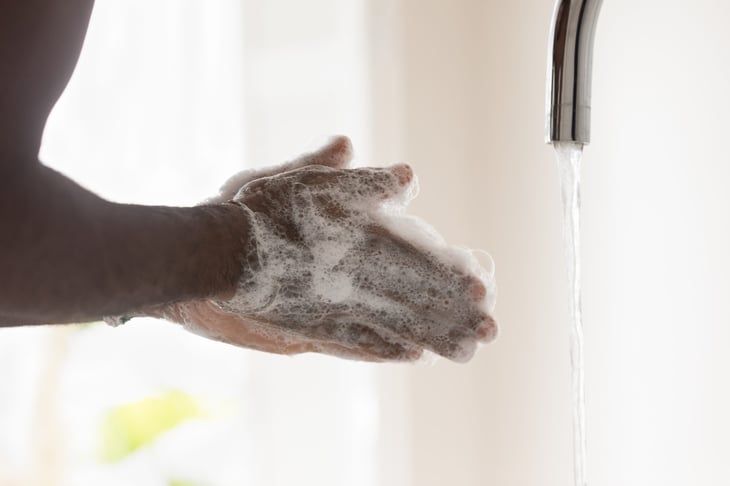
As we head toward another seasonal surge in coronavirus, it might be time for a little refresher.
Washing your hands is one of the best ways to stop the spread of germs, including the virus that causes COVID-19. But are you doing it correctly?
Stopping the spread of germs is an important step each of us can take toward keeping our communities and our families safe. So, it’s important to remember the correct technique for getting your hands squeaky clean.
If you’re committing one of the following mistakes, your hands may not be as clean as you think. Here are hand-washing mistakes you may be making and how to correct them.
1. Using hand sanitizer when soap and water are available
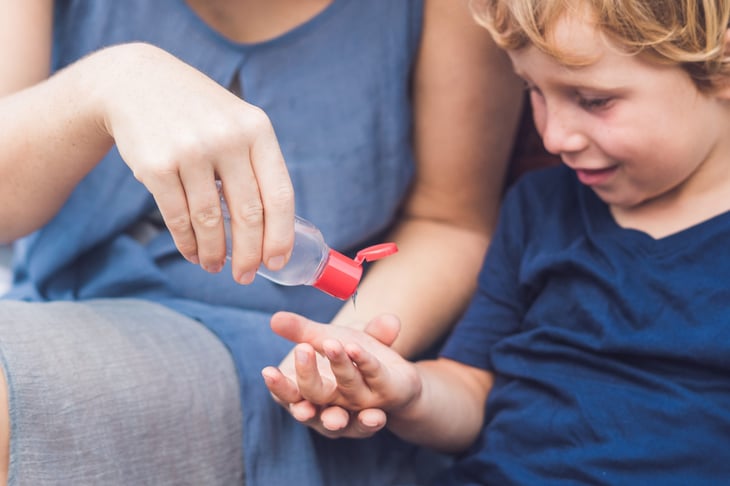
Hand sanitizer is a convenient way to keep your hands clean. However, it should be just a backup if soap and water are available. While hand sanitizer can reduce how many germs you have on your hands, the Centers for Disease Control and Prevention (CDC) says it doesn’t get rid of all types of germs.
Also, if your hands are visibly greasy or dirty, hand sanitizer may not be as effective. If you have harmful chemicals on your hands such as heavy metals and pesticides, hand sanitizer may not remove them.
2. Just rinsing

Make sure you are washing your hands with soap and water frequently throughout the day. Always wash them with soap and water after using the restroom and before eating.
Don’t get lazy and skip the soap. According to the CDC, soap is more effective at removing germs, dirt and harmful chemicals from your skin than water alone.
If you don’t have access to soap and water, you can use a hand sanitizer that contains at least 60% alcohol.
3. Using antibacterial soap
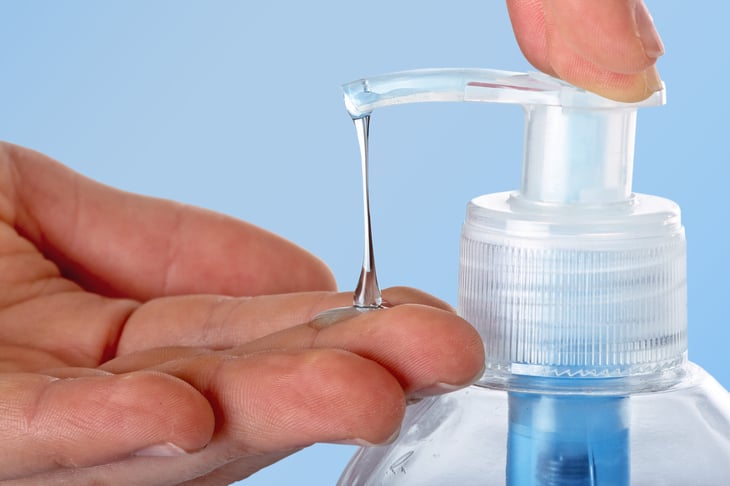
The CDC and U.S. Food and Drug Administration (FDA) recommend washing with regular soap and water to kill germs and prevent the spread of disease. There’s no need to use antibacterial soap to wash your hands.
The FDA says there is not enough evidence that antibacterial soaps you find at the store are better at preventing the spread of illness than regular soap. In addition, one ingredient, triclosan, is being examined for its possible effect on health.
4. Washing your hands infrequently
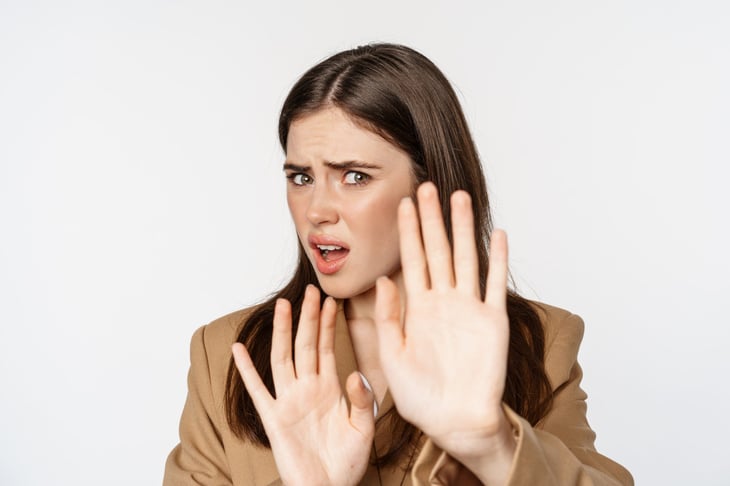
While there’s no need to be a germaphobe, washing your hands infrequently can leave you and those around you at risk. You want to wash your hands often with soap and water both to protect yourself and to prevent the spread of germs. Warm water or cold, bar soap or liquid — all are fine, the CDC says.
The CDC recommends washing your hands particularly:
- During and after prepping food and before eating
- Before and after caring for a sick person with vomiting and diarrhea, and before and after treating a wound or a cut
- After using the toilet, helping a child use the toilet or changing a diaper
- After coughing, sneezing or blowing your nose
- After touching animals (they can spread disease), their food or their waste and after handling pet food and treats
- After touching trash
5. Washing your hands too quickly
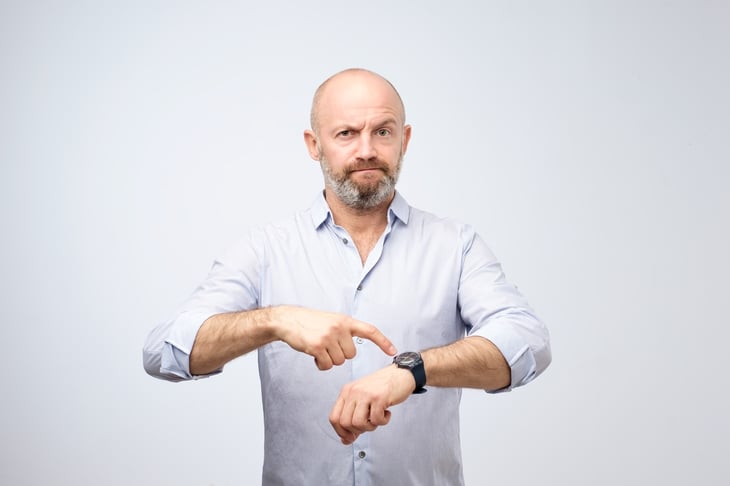
Don’t be in a hurry when washing your hands. Many people put soap on their hands, rub them together a few times, rinse and call them clean. This may remove some germs, but not enough to prevent the spread of disease.
The CDC recommends washing your hands for 15 to 30 seconds to remove germs. Worldwide, many countries and global organizations have adopted guidelines for washing hands for about 20 seconds.
Not sure how long 20 seconds of hand-washing is? Hum the “Happy Birthday” song twice all the way through while scrubbing.
6. Ignoring your fingernails
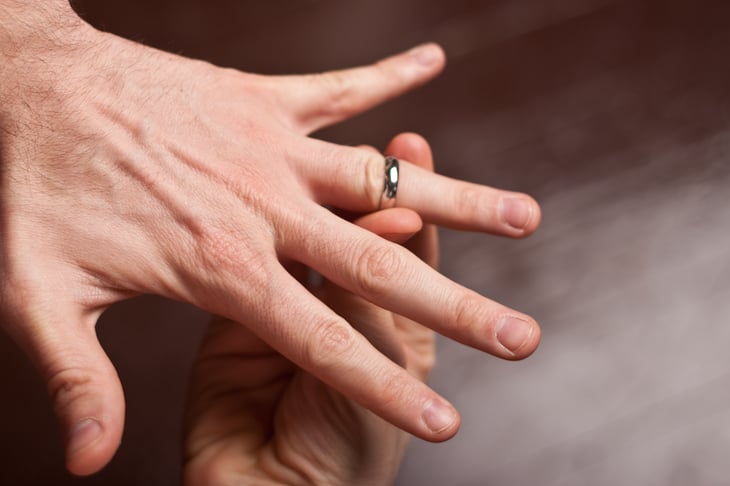
People often ignore their fingernails during hand-washing and focus on the palms of their hands. But your fingernails are great hiding places for germs and bacteria. Make sure you clean well under your fingernails, especially if they are long.
7. Not drying your hands after washing
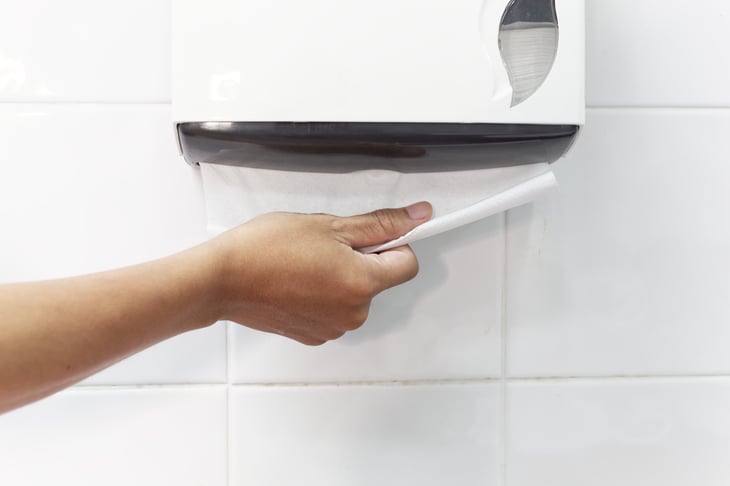
Wet hands make it easier to transfer germs, so it’s important to dry them after washing. There is no consensus on the best way to dry your hands, but studies suggest that a clean towel and an air dryer are the best options.





Add a Comment
Our Policy: We welcome relevant and respectful comments in order to foster healthy and informative discussions. All other comments may be removed. Comments with links are automatically held for moderation.